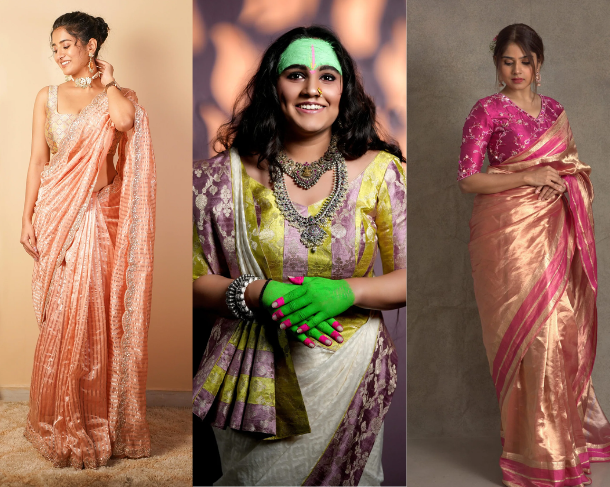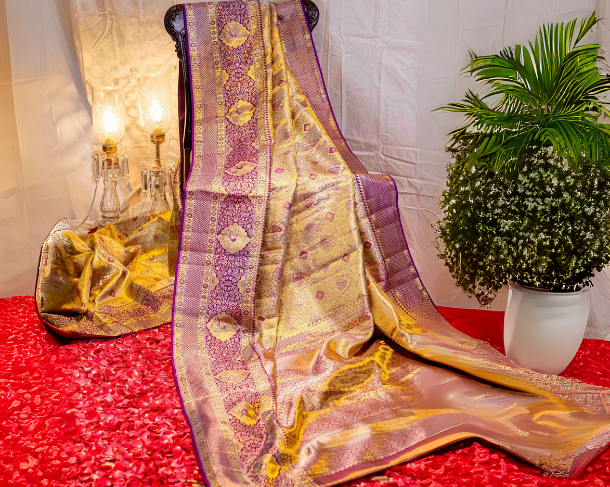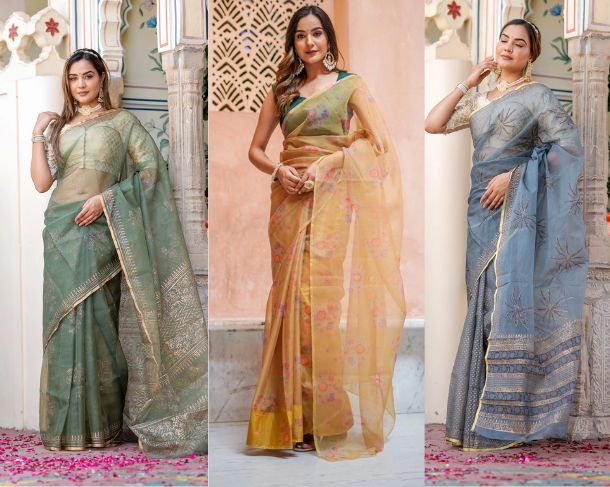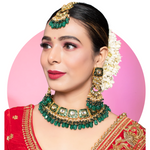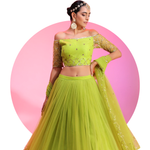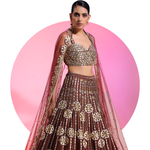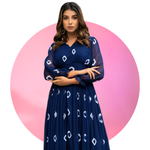India's love affair with the saree is as diverse as the country itself! From the rich silks of the South to the breezy cottons of the East, every region weaves its own magic into these six yards. Feeling overwhelmed by Kanjeevarams, Banarasis, Chanderis, and more? 🤔 Worry not! Consider this your ultimate guide your "Weaveopedia" to understanding some of the most iconic and beautiful types of sarees India has to offer. Get ready to impress your friends with your saree knowledge and maybe even find your next obsession!
The Silken Wonders - South India
Known for luxurious silks and intricate zari work.
Kanjeevaram (Tamil Nadu): The Queen! Heavy silk, vibrant colours, contrasting borders, temple motifs, checks, stripes. Perfect for weddings and grand occasions
Mysore Silk (Karnataka): Lighter than Kanjeevaram, known for its minimalist designs, solid colours, and pure zari borders. Elegant and sophisticated.
Pochampally Ikat (Telangana): Famous for geometric patterns created by tie-dyeing the threads before weaving. Bold and beautiful.
Gadwal (Telangana): Unique sarees where the body (often cotton) and border/pallu (silk) are woven separately and interlocked.
The Weaving Wonders - North & West India
Home to intricate brocades, delicate textures, and vibrant tie-dyes.
Banarasi (Uttar Pradesh): Iconic! Rich brocades, often with Mughal-inspired floral or paisley motifs (kalga, bel), heavy gold/silver zari. A bridal favourite.
Bandhani (Gujarat/Rajasthan): The quintessential tie-dye! Tiny dots creating elaborate patterns on silks, georgettes, or cottons. Vibrant and festive.
Patola (Gujarat): Double ikat weave, incredibly intricate and expensive. Geometric patterns, parrots, elephants are common motifs. A true heirloom.
Chanderi (Madhya Pradesh): Sheer, lightweight, luxurious feel. Known for silk-cotton blends, traditional coin, floral, or geometric motifs. Perfect for summer elegance..
Kota Doria (Rajasthan): Distinctive square check pattern (khats), lightweight cotton/silk blend. Airy and comfortable.
The Artistic Expressions - East India
Known for fine cottons, unique motifs, and tribal influences.
Baluchari (West Bengal): Silk sarees depicting mythological scenes or stories on the pallu and borders. Narrative art on fabric!
Tant (West Bengal): Classic Bengali cotton saree. Light, crisp, comfortable, with thicker borders. Ideal for daily wear.
Jamdani (West Bengal/Bangladesh): Fine muslin cotton with intricate, often floral or geometric motifs woven directly into the fabric, appearing almost embossed. Sheer and artistic.
Sambalpuri Ikat (Odisha): Known for traditional motifs like shankha (shell), chakra (wheel), phula (flower) created using the ikat technique. Both cotton and silk versions exist.
Modern & Contemporary Weaves
Beyond geography, some types are defined by their fabric or style.
Organza Sarees: Sheer, crisp, lightweight. Often feature prints or delicate embroidery. Very trendy for parties.
Georgette/Crepe Sarees: Flowy drape, easy to manage. Come in countless prints and embellishments. Versatile for many occasions.
Linen Sarees: Earthy, comfortable, slightly textured. Great for a sophisticated, understated look.
Trendy Tip 2025: Mix & Match
Don't be afraid to style traditional weaves in modern ways! Pair a Kanjeevaram with a trendy crop top blouse, belt a Chanderi, or wear a simple Tant saree with statement silver jewellery. It's all about making it your style.
Wow, what a journey through the incredible world of Indian sarees! This is just a glimpse, but hopefully, it inspires you to explore these beautiful weaves further. Each saree tells a story of its origin, artistry, and cultural significance. Which type of saree is calling your name? Let us know your favourite in the comments! Happy saree shopping (and learning)! ✨

